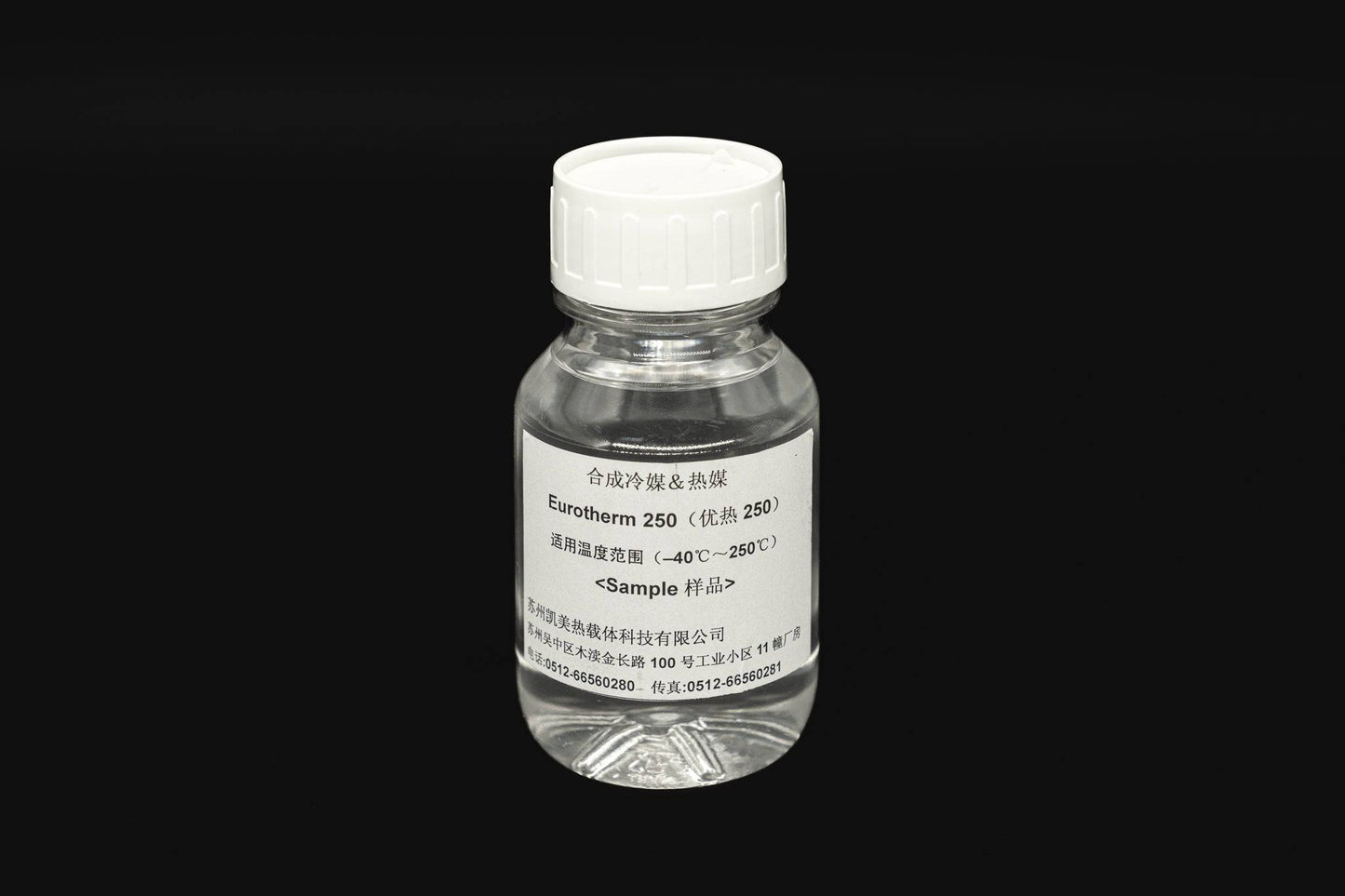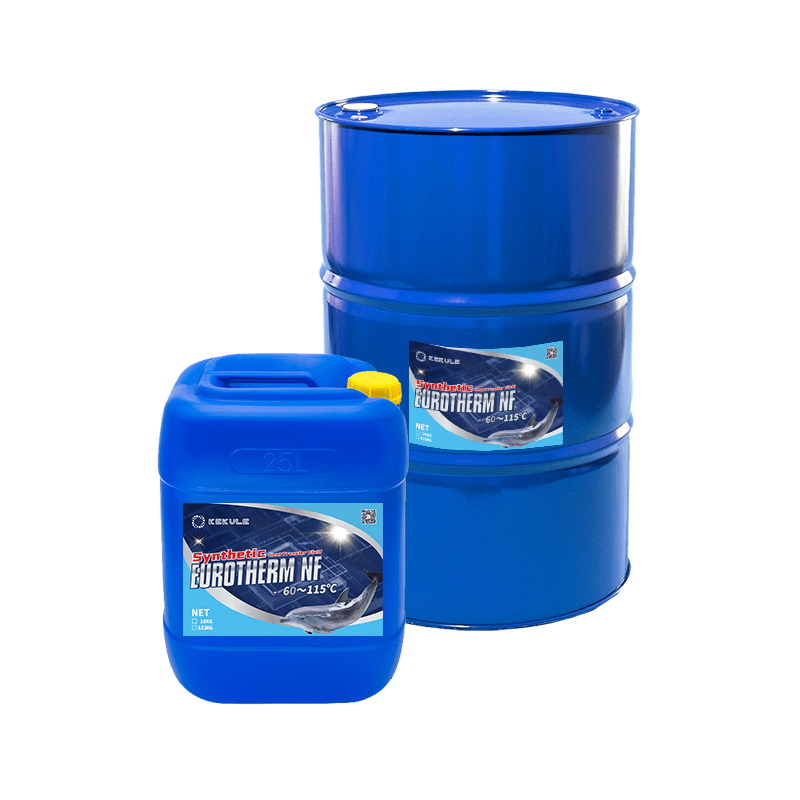Some Ideas on Chemie You Need To Know
Some Ideas on Chemie You Need To Know
Blog Article
How Chemie can Save You Time, Stress, and Money.
Table of ContentsThe Single Strategy To Use For ChemieA Biased View of ChemieSome Of ChemieChemie Can Be Fun For EveryoneThe Buzz on ChemieTop Guidelines Of Chemie
By Bojanna Shantheyanda, Sreya Dutta, Kevin Coscia and David SchiemerDynalene, Inc. Fluid cooling, which can be accomplished utilizing indirect or direct ways, is made use of in electronic devices applications having thermal power densities that may surpass secure dissipation with air cooling. Indirect fluid cooling is where warm dissipating electronic elements are physically divided from the liquid coolant, whereas in case of straight air conditioning, the elements are in straight contact with the coolant.Nonetheless, in indirect cooling applications the electrical conductivity can be important if there are leakages and/or spillage of the fluids onto the electronics. In the indirect air conditioning applications where water based fluids with corrosion preventions are normally utilized, the electrical conductivity of the fluid coolant generally depends on the ion concentration in the liquid stream.
The increase in the ion concentration in a closed loop fluid stream might occur as a result of ion leaching from steels and nonmetal parts that the coolant fluid touches with. Throughout procedure, the electrical conductivity of the liquid may raise to a level which can be harmful for the cooling system.
The Chemie Statements
(https://www.reddit.com/user/chemie999/)They are grain like polymers that can trading ions with ions in a remedy that it is in call with. In the present job, ion leaching tests were performed with numerous steels and polymers in both ultrapure deionized (DI) water, i.e. water which is treated to the highest degree of purity, and low electrical conductive ethylene glycol/water combination, with the determined change in conductivity reported with time.
The examples were allowed to equilibrate at area temperature for two days prior to recording the first electrical conductivity. In all tests reported in this research study fluid electrical conductivity was measured to an accuracy of 1% utilizing an Oakton disadvantage 510/CON 6 series meter which was adjusted prior to each measurement.
The Greatest Guide To Chemie
from the wall home heating coils to the center of the heater. The PTFE sample containers were placed in the heater when stable state temperature levels were gotten to. The test configuration was removed from the heating system every 168 hours (7 days), cooled down to space temperature level with the electrical conductivity of the fluid determined.
The electric conductivity of the liquid sample was kept an eye on for an overall of 5000 hours (208 days). Number 2. Schematic of the indirect closed loop cooling experiment set-up - high temperature thermal fluid. Table 1. Parts utilized in the indirect shut loop cooling experiment that touch with the liquid coolant. A schematic of the experimental arrangement is revealed in Number 2.

Top Guidelines Of Chemie
Throughout operation the liquid reservoir temperature was preserved at 34C. The adjustment in liquid electric conductivity was kept an eye on for 136 hours. The fluid from the system was collected and kept. Similarly, shut loophole examination with ion exchange material was performed with the same cleansing treatments utilized. The preliminary electric conductivity of the 230ml UP-H2O in the system determined 1.84 S/cm.

0.1 g of Dowex material was included in 100g of fluid examples that was taken in a separate container. The mixture was stirred and alter in the electric conductivity at area temperature level was gauged every hour. The gauged change in the electrical conductivity of the UP-H2O and EG-LC test liquids including polymer or metal when engaged for 5,000 hours at 80C is shown Figure 3.
Chemie Fundamentals Explained
Ion seeping experiment: Calculated change in electrical conductivity of water and EG-LC coolants having either polymer or steel samples when immersed for 5,000 hours at 80C. The results suggest that steels contributed less ions into the liquids than plastics in both UP-H2O and EG-LC based coolants.
Liquids having polypropylene and HDPE displayed the most affordable electric conductivity changes. This might be as a result of the brief, stiff, straight chains which are less likely to add ions than longer branched chains with weaker intermolecular pressures. Silicone additionally performed well content in both test fluids, as polysiloxanes are usually chemically inert due to the high bond power of the silicon-oxygen bond which would protect against degradation of the product right into the fluid.
The 6-Minute Rule for Chemie
It would certainly be expected that PVC would produce similar results to those of PTFE and HDPE based upon the similar chemical structures of the materials, however there may be other pollutants present in the PVC, such as plasticizers, that might impact the electrical conductivity of the liquid - silicone synthetic oil. Furthermore, chloride groups in PVC can also leach right into the test liquid and can create a boost in electrical conductivity
Buna-N rubber and polyurethane revealed signs of deterioration and thermal decay which suggests that their feasible utility as a gasket or glue product at higher temperature levels might cause application problems. Polyurethane completely broke down right into the test liquid by the end of 5000 hour test. Figure 4. Before and after pictures of metal and polymer samples submersed for 5,000 hours at 80C in the ion seeping experiment.
Measured change in the electric conductivity of UP-H2O coolant as a function of time with and without resin cartridge in the closed indirect cooling loophole experiment. The gauged change in electric conductivity of the UP-H2O for 136 hours with and without ion exchange material in the loophole is received Figure 5.
Report this page